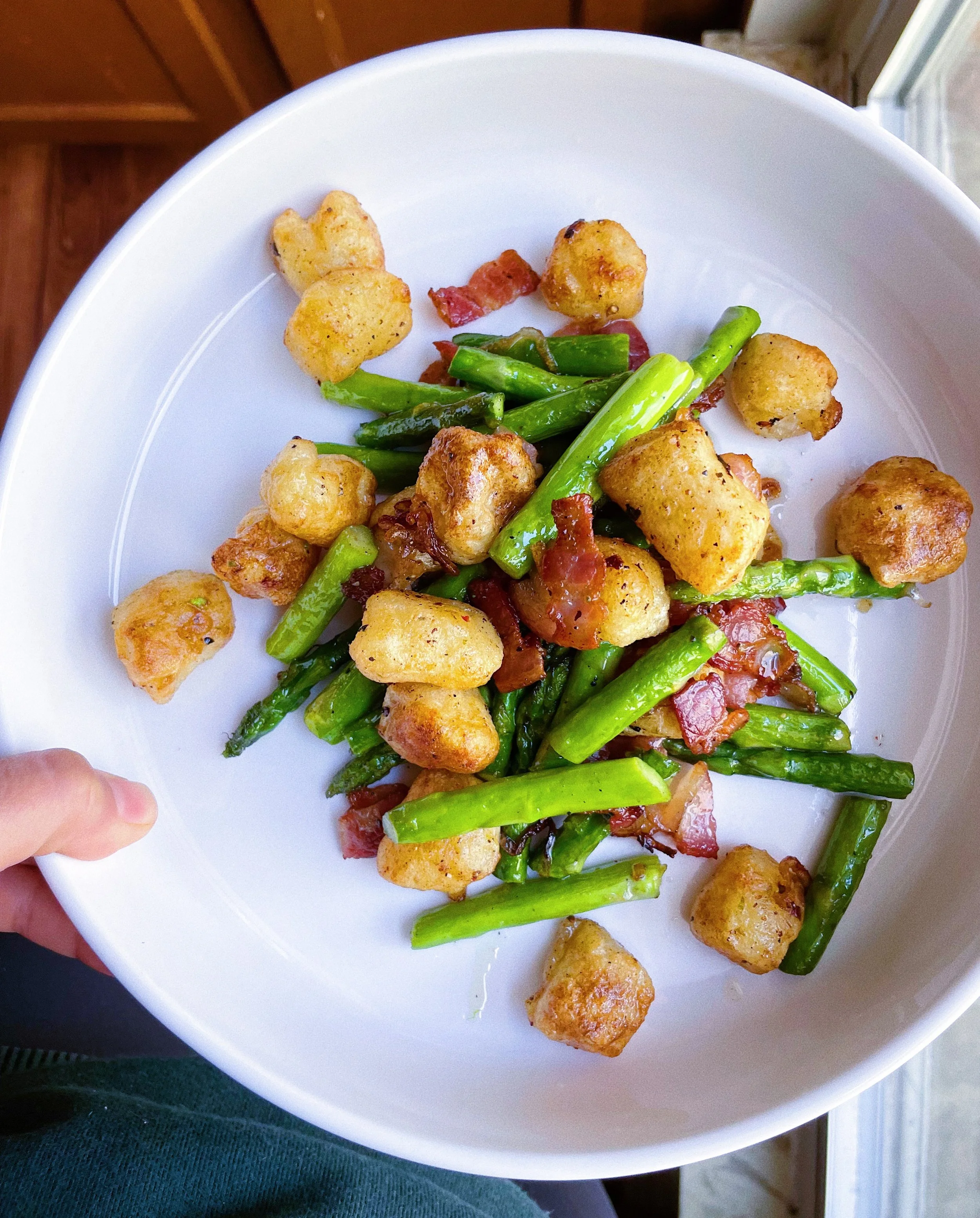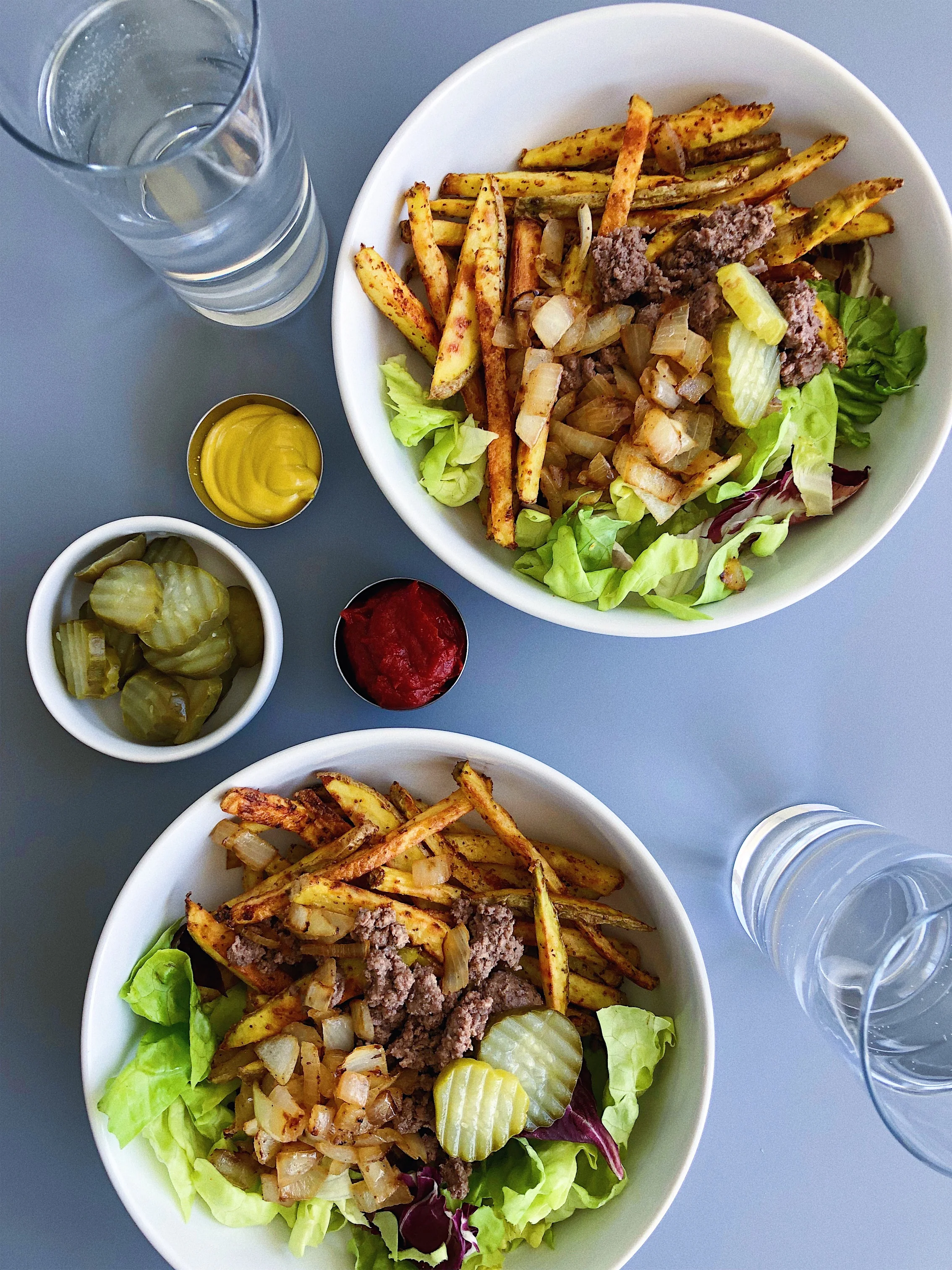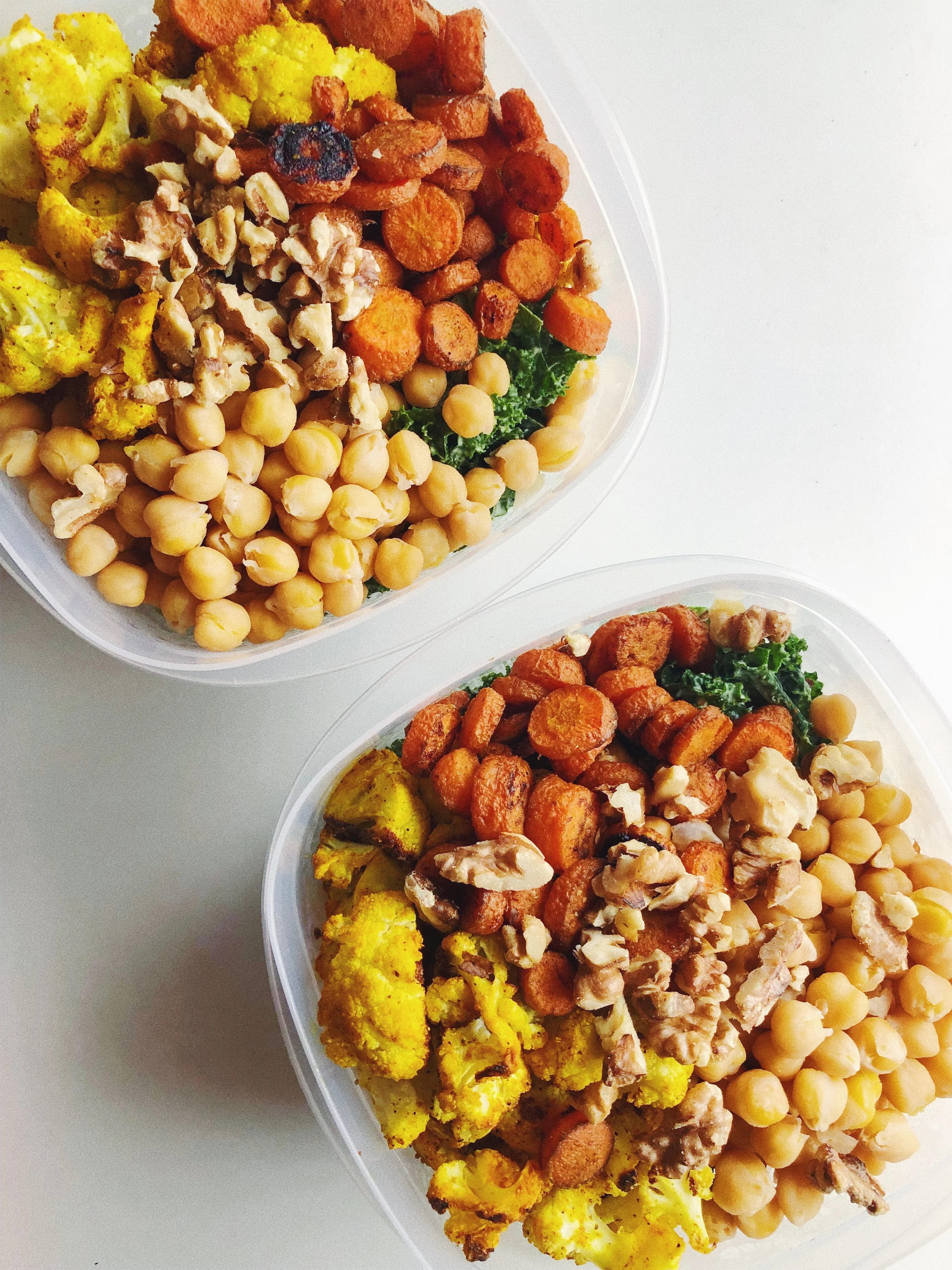I love tacos in all forms, but I especially love a taco that’s chock full of veggies. Over the years I’ve come up with many renditions and ways to incorporate veggies into tacos, but I think using sweet potato as the main star is my favorite way.
The shredded sweet potatoes take on a super-satisfying texture and have a little crispiness and smokiness that make them especially good. I personally love adding a little cabbage slaw to my tacos for a fresh crunch, but you could easily substitute shredded romaine or another crunchy green of your choice. And then you pile on all the good stuff - avocado or guacamole, salsa, (dairy-free) sour cream, pickled red onions, cilantro, etc - the sky’s the limit.
I’ve never been a big fan of meat substitutes - they’re often super processed and full of inflammatory ingredients. I prefer to incorporate more vegetables and work with what Mama Nature gives us. This recipe is a perfect way to get more veggies, make eating plant-based even more delicious or just spice up your normal taco routine. Enjoy!
Sweet Potato Veggie Tacos
serves 2 very hungry people or 3-4 less hungry people / total time 30ish minutes
sweet potato filling
4 tbsp avocado oil
1 onion, sliced thinly
1 red bell pepper, cut into strips
½ tsp good salt
1 large or 2 medium sweet potatoes, shredded
1 tbsp chili powder
½ tbsp cumin
1 tsp oregano
1 tsp garlic powder
cabbage slaw*
½ small cabbage
juice of one lime
2 tbsp chopped cilantro
taco fixings
your favorite taco tortillas/shells (I love Siete Foods)
avocado or guacamole
sour cream of your choice
raw or pickled red onion
salsa
cilantro
lime
directions
Add 2 tbsp of the avocado oil into a large skillet over medium heat. Once the oil is warm add the onions, peppers and salt to the pan. Let them cook for about 10-15 minutes, until they soften and start to brown. If they’re browning too quickly, reduce the heat. Add a splash of water if they start to stick.
In the meantime, get your sweet potato shredded. You can use a regular cheese grater or box grater - just make sure the shreds are medium-sized, not fine (or it’s going to be really labor intensive). You could also use a food processor attachment.
Once the onions and peppers are cooked transfer them to a bowl and set aside. Add the remaining 2 tbsp of avocado oil to the pan and then the shredded sweet potato and all the spices. Stir until the spices are evenly coating the sweet potato. Cook for 10-15 minutes total, adding 1/4 cup of water halfway through to steam them a little bit, and stirring every couple minutes. They’re done when they’re soft with a few crispy parts and they start sticking to the pan.
While your sweet potatoes are cooking, make your slaw and prepare your toppings. To make the cabbage slaw, slice the cabbage into very thin strips (or use a mandoline) and toss with the lime juice and cilantro.
When the sweet potatoes are done cooking reduce the heat to low and add the pepper/onion mixture back in.
Now the fun part - assemble your tacos! There’s no wrong way to do this so have fun with it and make your tacos your own! Enjoy.
* If you’re not making the cabbage slaw you can substitute romaine or another crunchy green of your choice.



























